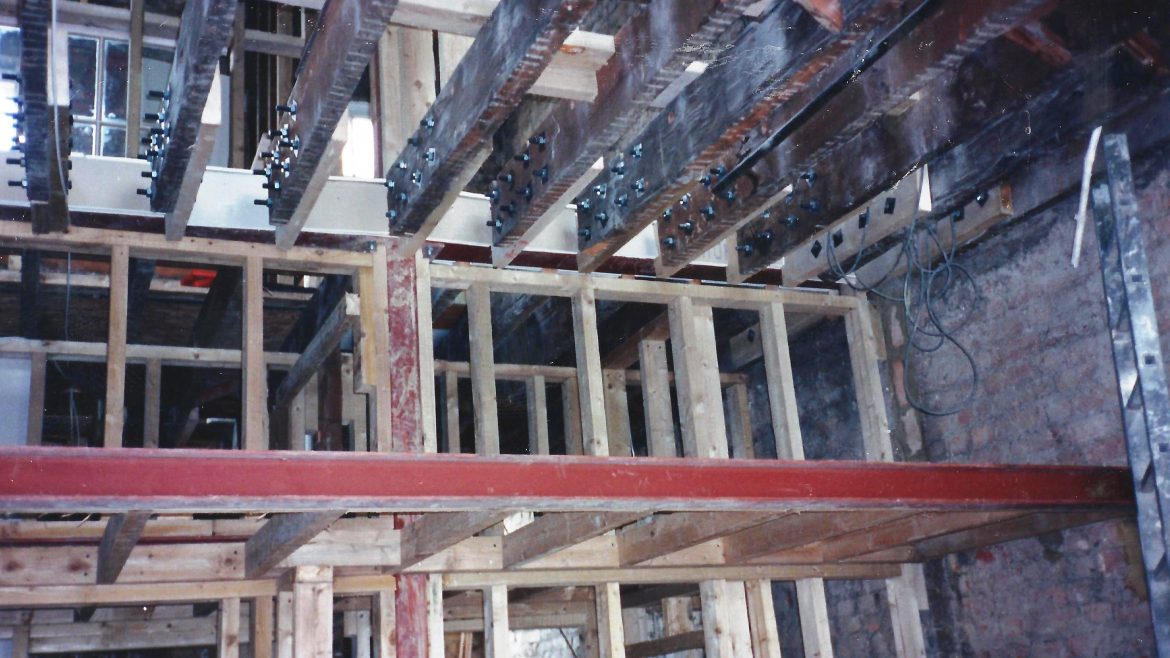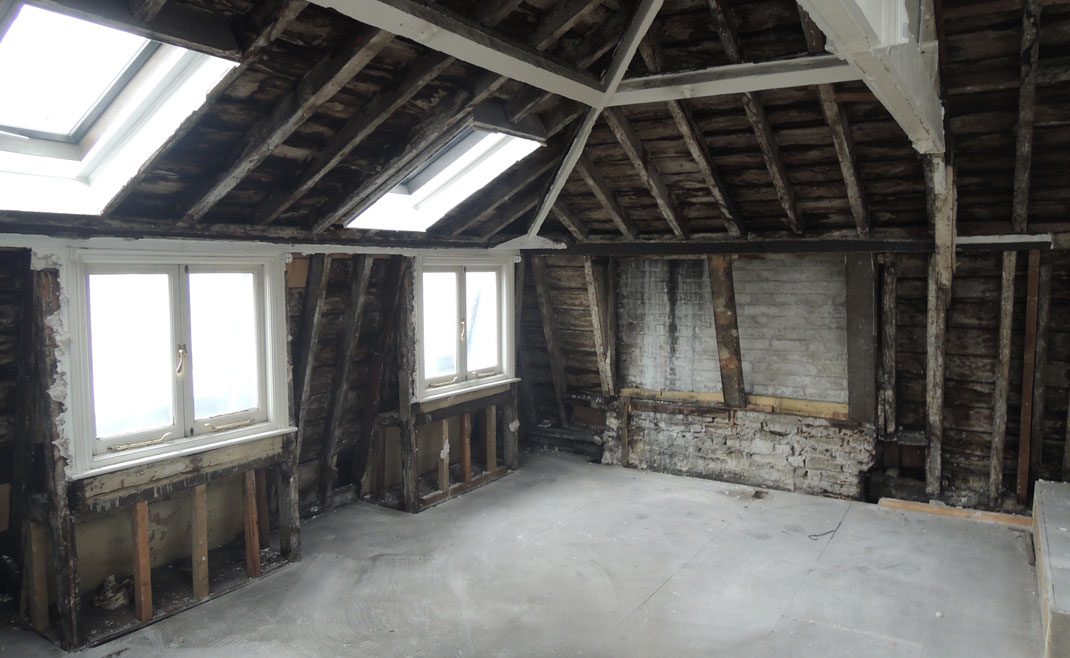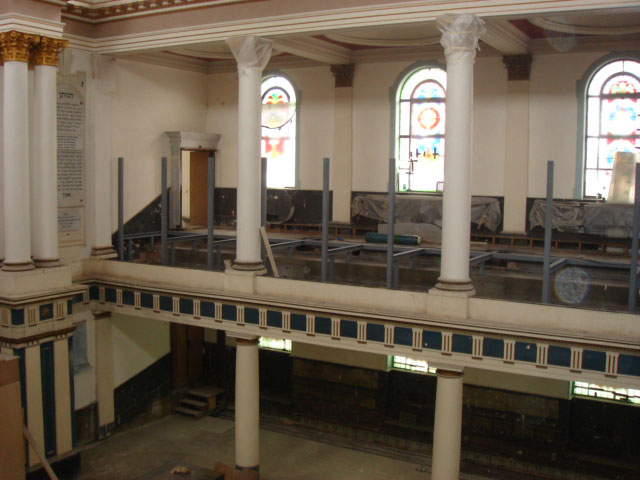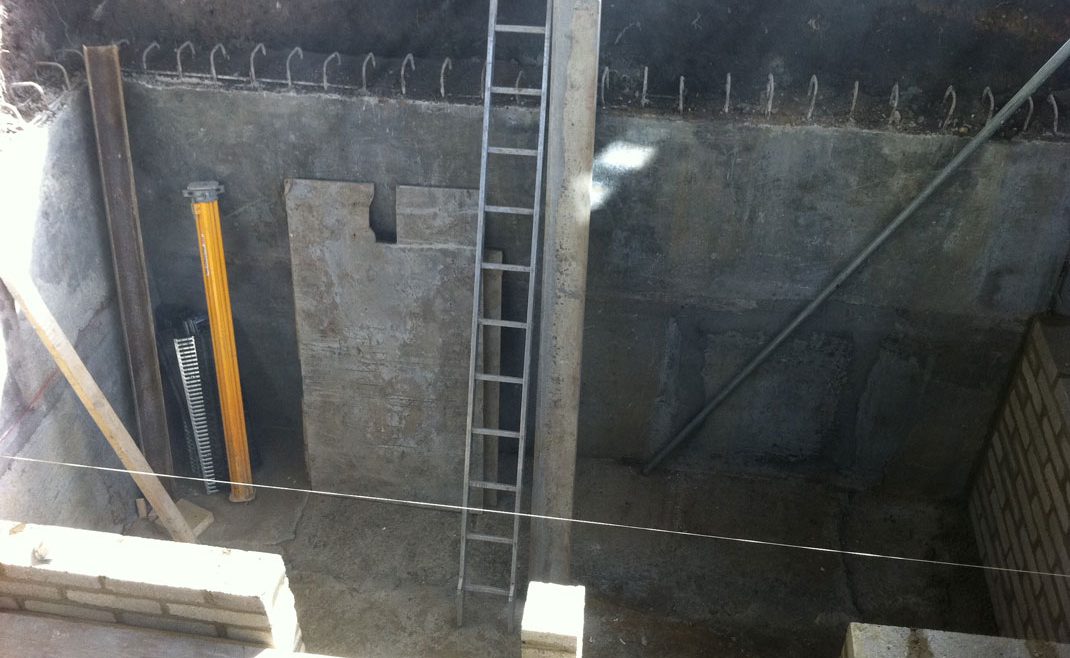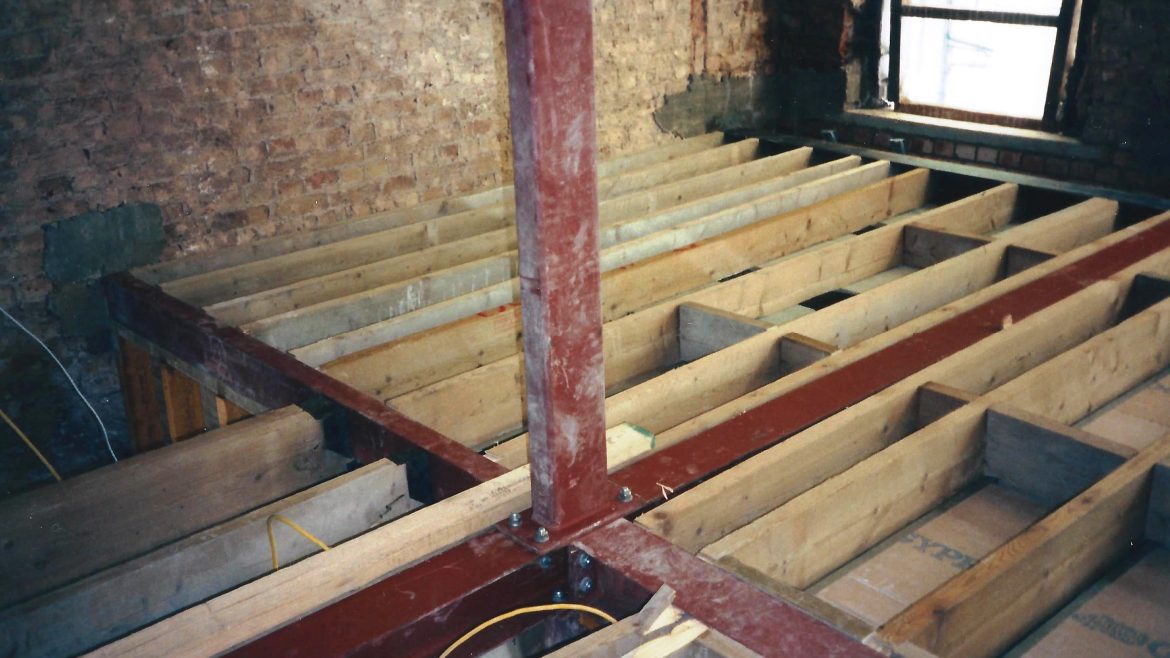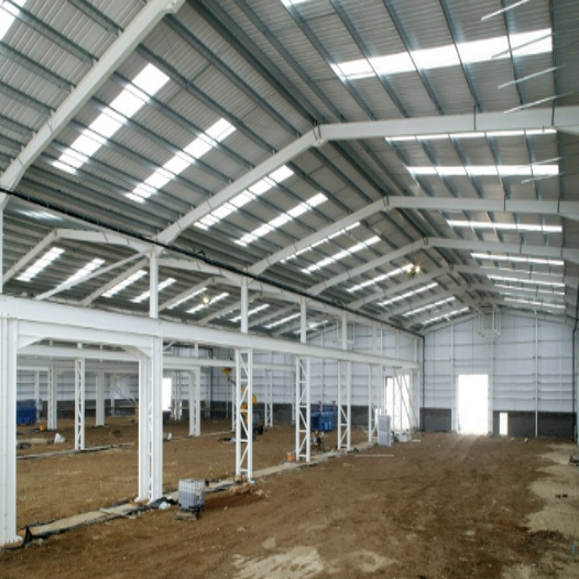Do I need a structural engineer?
http://zussmanbear.com/wp-content/uploads/2017/04/Harrington-Gardens-.jpg 579 579 mattd mattd http://2.gravatar.com/avatar/854e268b6cbf4d6f0c2f99bb0d75cced?s=96&d=mm&r=gMany people tend to get confused about what they need a structural engineer for. Here at Zussmanbear, we have outlined what a structural engineer is, when you might require one and how much they cost so that you can determine whether you need one.
What is a structural engineer?
A structural engineer is an engineer that specialises in building structure. They will design, plan and oversee the construction of structures such as buildings. A structural engineer will often act as a consultant to an architect or building contractor, calculating loads, defining the spec of a project and which materials and structural systems to use during construction, such as wood, steel or concrete.
The structural engineer will assess the safety, strength and durability of the building or structure to determine its structural integrity.
Structural inspections
A structural engineer can also carry out a structural property survey. They will inspect the construction of your property to determine any issues with its structure such as subsidence or sagging roofs. A chartered survey will highlight structural issues and recommend a closer inspection be carried out by a structural engineer.
When do I need a structural engineer?
You might need a structural engineer when carrying out a renovation on your home or making changes to your property that could affect the stability of your property. A structural engineer can work with your building contractor and architect by offering vital information that is indispensable to the renovation process, including structural drawing and calculations. This information may also be necessary when gaining planning permission and complying with building control regulations.
Whether you will need a structural engineer for your next renovation project will depend on the project in hand, but they are often required for extensions, solar panels and loft conversions.
Expert witness
A structural engineer can also act as an expert witness. If you enter into a disagreement over structural issues with another party, such as a boundary dispute, an engineer can offer an unbiased perspective to help resolve the issue.
How much will a structural engineer cost?
The cost to hire a structural engineer can vary depending on the size and scope of the project and what is required of the engineer. It is advised to ask for a breakdown of costs so that you know exactly what you are getting from your structural engineer.


